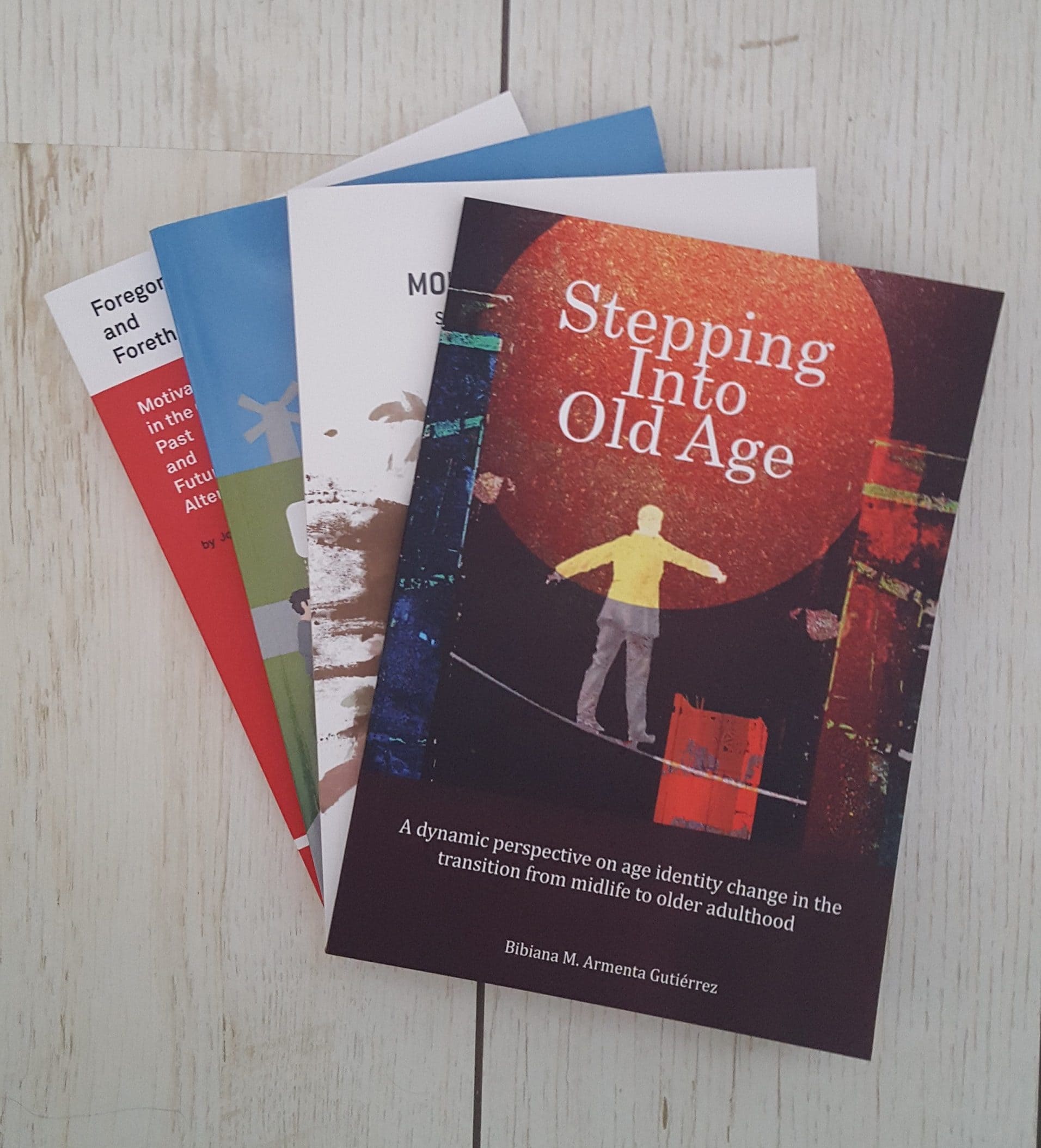
Stepping into old age
Getting older, and the identity transition that comes with it, can be a challenging experience but can also bring new opportunities. My research examines how a new identity as an older adult is shaped and in turn shapes the well-being of adults between 50 and 70 years of age.
The number of older adults in society is increasing at the highest rate in the history of humanity. This trend is not only unprecedented, it is also enduring and pervasive—a global phenomenon (United Nations, 2001). Therefore, understanding how to improve the well being of people as they grow older has the potential to benefit not only older adults themselves but also the organizations where they work, and society as a whole.
“The results of my research invite people to reflect about the negative views that they hold regarding aging and older people”
The results of my research invite people to reflect about the negative views that they hold regarding aging and older people especially in Western societies where older adults are considered less physically and cognitively competent (Ng & Feldman, 2012; Stewart, Chipperfield, Perry, & Weiner, 2012). These negative views are often exaggerated and unwarranted. Still, they remain pervasive and, as our results show, have the potential to affect older adults’ attitudes, behavior, and well-being.
Predicting Identity Formation
The transition into an older age can be experienced as an identity transition: One shifts from being an adult into being an ‘older-adult’ or even an ‘elderly person’. The role that a new older-age identity plays can vary substantially between people. To better understand this variability, we developed a tool to measure the perceived permeabilityof one’s group boundaries—i.e. to what extent people see a possibility to leave the group and join a different group. For the case of older adults, permeability can be understood as the possibility to be regarded as a younger adult. The developed measurement can be used to predict how much people identify with a particular group (for the group of older adults as well as for other social groups). It can also be used to predict how much people are willing to engage in behaviors aimed at escaping from or protecting that identity. For example, if older adults perceive the group as permeable and therefore see it possible to be regarded as a younger adult they could choose to dress and behave like a youngster. However, if they perceive the group as impermeable and therefore it is inevitable that they will have to belong to the older-aged group they will instead make efforts to build a positive reputation of the group or fight against age discrimination (Armenta, Stroebe, Scheibe, Van Yperen, et al., 2017).
“If older adults perceive the group as permeable and therefore see it possible to be regarded as a younger adult they could choose to dress and behave like a youngster”
A New Older-Age Identity Shapes the Well-Being of Older Adults
To investigate how a new older-age identity shapes the well-being of older adults, Susanne Scheibe, Katherine Stroebe, Tom Postmes, Nico van Yperen, and I, conducted three experiments and one diary study. In particular, we studied two components of older adults’ age identity: (1) How old adults subjectively feel, and (2) how identified or connected they feel with their age group. Furthermore, we studied the consequences of age identity on four well-being outcomes: self-esteem, subjective health, negative affect, and cognitive engagement (Armenta, Scheibe, Stroebe, Postmes, & Van Yperen, 2018; Armenta, Stroebe, Scheibe, Postmes, & Van Yperen 2017).
In the diary study, for example, we asked older workers to report their daily work experiences across 3 weeks to track how feelings about aging affect their well-being and work engagement. We found that when older workers thought that a negative event was due to their age (for instance, they suffered a momentary memory lapse or they were denied participation in professional training) this was more detrimental for their well-being than when thinking that the event was not age related. Furthermore, when facing a negative age-related experience at work, feeling younger was beneficial while identifying with the group of older adults was detrimental for older adults’ well being, at least in the short term. I conclude that these outcomes are likely the result of internalized cultural attitudes that being old is an undesirable state (Armenta et al., 2018).
A Call to Reduce the Negative Views Towards Older Adults and Aging
Our findings showed that attributing negative experiences to age negatively impact older workers’ affect and cognitive engagement (Armenta et al., 2018).
“Organizations and society as a whole could contribute to improve older adults’ well-being and job performance by emphasizing the positive side of aging”
Moreover, Levy, Slade and Kasl (2002) showed that age attributions and negative views of aging predict poorer health, shorter longevity, and feelings of emptiness, worthlessness and hopelessness. Organizations and society as a whole could contribute to improve older adults’ well-being and job performance by emphasizing the positive side of aging while being critical about the overemphasized negative views of aging. After all, research has shown that older adults enjoy high levels of affective well-being and emotional stability (Scheibe & Carstensen, 2010), that age per se is not the predominant cause of illness in older adults (Stewart et al., 2012), and that most negative stereotypes of older workers are unwarranted (Ng & Feldman, 2012). Organizations should therefore focus on the positive stereotypes of older adults and older workers that have been validated, such as that they are more dependable, honest, loyal, have lower rates of absenteeism, and are less likely to quit (Posthuma & Campion, 2009).
Bibiana Armenta will defend her PhD-dissertation “Stepping into old age: A dynamic perspective on age identity change in the transition from midlife to older adulthood” tomorrow, June 21st, at 13.00 at the Academy Building.



